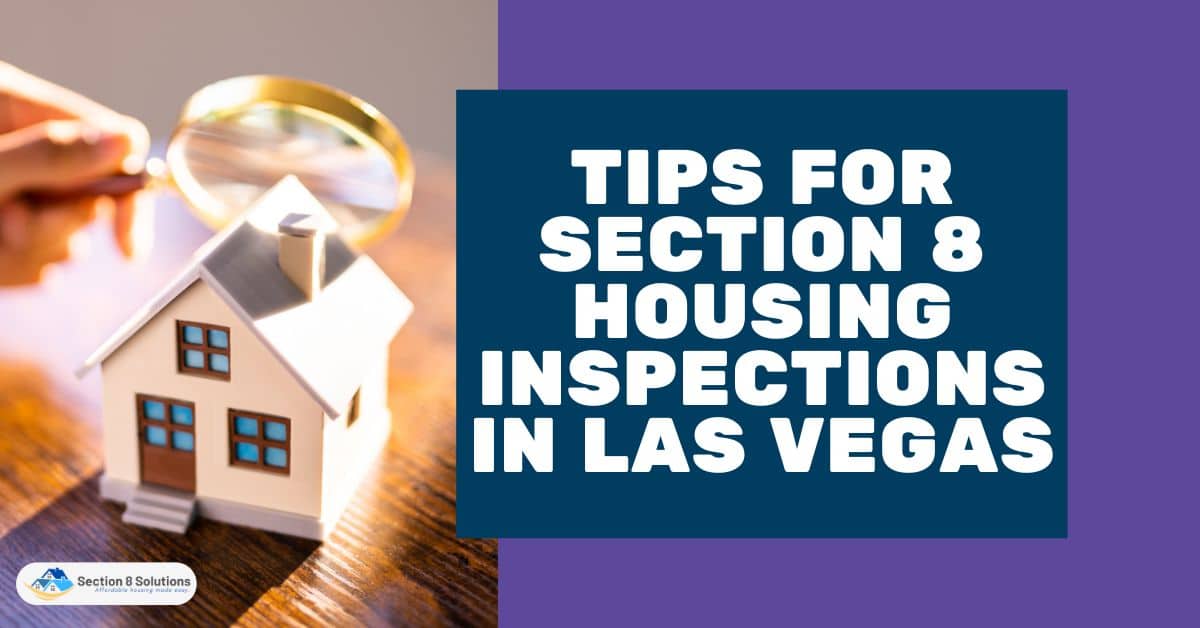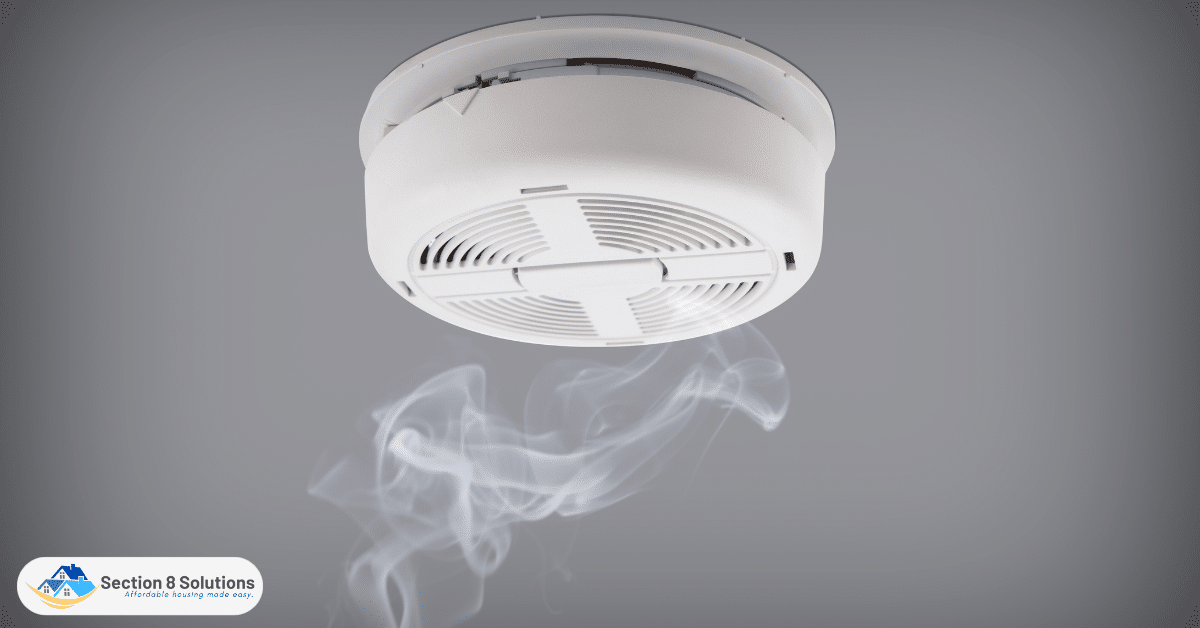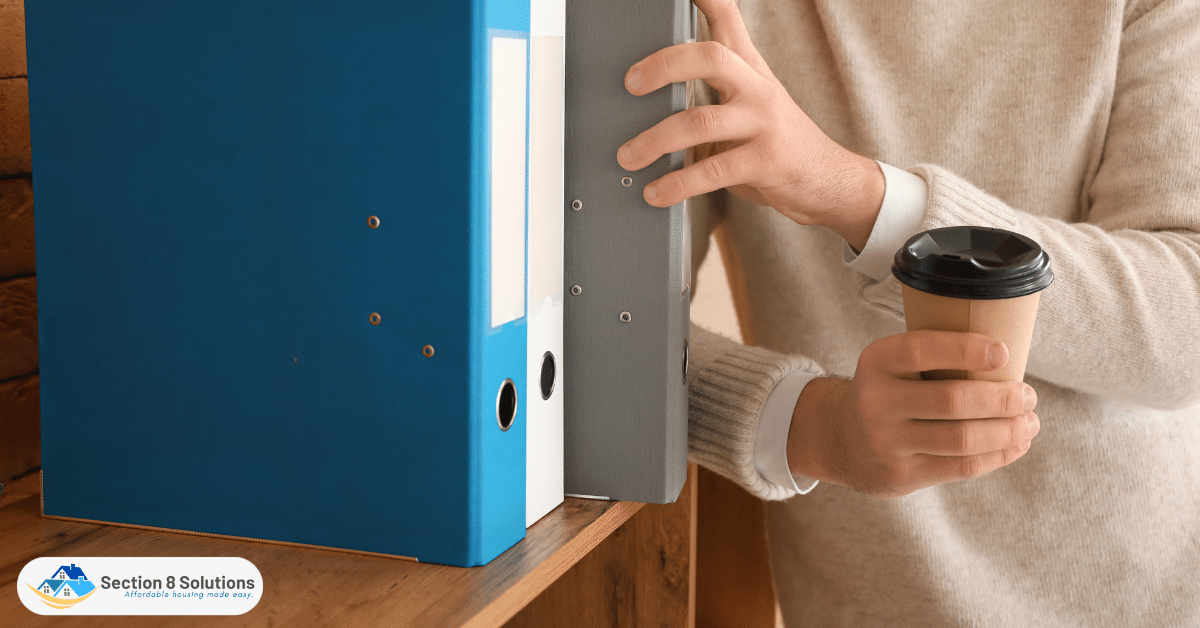Navigating Section 8 housing inspections in Las Vegas? Prioritize cleanliness and organization – a tidy living space makes a positive impression. Address minor repairs beforehand to avoid potential setbacks, and ensure all necessary documentation is in order for a smoother process. Remember, preparation is key to passing with flying colors.
In this comprehensive guide, we will unlock eight invaluable tips that will empower you to not only face but conquer your Section 8 housing inspection in Las Vegas.

1. Understand the Inspection Process
Before the day of your Section 8 housing inspection in Las Vegas, it’s imperative to delve deeper into the intricacies of the inspection process. This involves gaining a comprehensive understanding of the specific criteria that inspectors will be meticulously evaluating. These criteria encompass a wide range of factors, including safety standards, cleanliness, sanitation, and overall habitability. Familiarizing yourself with these aspects provides you with a roadmap to navigate the inspection successfully. It’s not just about knowing that an inspection will occur; it’s about comprehending what inspectors will be looking for, enabling you to tailor your preparation efforts to match their expectations.
2. Prioritize Cleanliness and Organization
The axiom “cleanliness is next to godliness” resonates strongly when it comes to housing inspections. Beyond the aesthetics, cleanliness, and organization significantly impact the impression your property makes on inspectors. Take the time to meticulously clean your living space, ensuring that every nook and cranny is spotless. Eliminate clutter and unnecessary items that might hinder the inspector’s movement or obscure critical areas. Pay special attention to spaces like the kitchen and bathroom, as these are focal points for inspection. A well-organized and impeccably clean environment conveys your commitment to maintaining the property in its best possible condition, setting a positive tone for the inspection.

3. Address Minor Repairs in Advance
Inspectors have a discerning eye that can spot even the tiniest imperfections in your property. To proactively mitigate any potential issues, embark on a comprehensive assessment of your residence. Identify and address minor repairs that might have otherwise gone unnoticed. Fix leaky faucets, replace broken light fixtures, and tend to minor wall damages. While these repairs might seem inconsequential individually, their collective impact can greatly enhance your property’s overall presentation. By tending to these repairs before the inspection, you not only showcase your proactive approach but also reduce the chances of delays and concerns cropping up during the evaluation.
4. Test Smoke Alarms and Carbon Monoxide Detectors
Safety stands as a paramount concern during housing inspections. Inspectors place great emphasis on safety features such as smoke alarms and carbon monoxide detectors. Before inspection day, take the initiative to thoroughly test these devices to ensure their proper functioning. Replace batteries if needed and maintain documented evidence of recent checks. Beyond signaling your dedication to the safety of your living space, this proactive step expedites the inspection process. An environment free from safety hazards is a fundamental expectation, and your diligence in this regard not only reassures inspectors but also underscores your conscientious approach.

5. Check Plumbing and Electrical Systems
The plumbing and electrical systems are the lifeblood of your home’s functionality. Inspectors will assess these systems to ensure they’re operating smoothly. Take the time to inspect and address any potential issues. Attend to leaky faucets, unclog drains, and replace blown fuses. While these tasks might seem routine, they illustrate your commitment to maintaining your home’s integral systems. By presenting a property with seamlessly functioning basics, you not only establish a positive connection with the inspector but also create a lasting impression that highlights your conscientious care of the property.
6. Keep Documentation in Order
Solid documentation is your secret weapon for a successful housing inspection. In the lead-up to the evaluation, gather all relevant paperwork – lease agreements, rent payment records, and any correspondence with your housing authority. An organized compilation of documents serves as a testament to your adherence to program requirements. It’s a tangible demonstration of your responsible tenancy and serves to reinforce your commitment to maintaining the property’s standards. By having these documents readily available, you facilitate a smooth interaction with the inspector, conveying your dedication to meeting the necessary criteria.

7. Address Pest Control
The specter of pests can cast a shadow over housing inspections. To address this concern, take a proactive stance on pest prevention. Uphold high standards of cleanliness and take measures to seal potential entry points, such as cracks and crevices. If you’ve encountered pest issues in the past, provide documented evidence of your pest control efforts and the improvements you’ve made. This transparent approach showcases your dedication to maintaining a pest-free environment, quelling any reservations the inspector might have. Your commitment to a successful inspection is unmistakable, and your willingness to tackle this potential challenge head-on reflects your proactive attitude.
8. Be Present and Cooperative During the Inspection
Your active participation and attitude on inspection day can significantly influence the process. Ensure you’re present at the property during the inspection and extend a warm welcome to the inspector. Respond candidly to their queries and offer unrestricted access to different areas of your home. A cooperative demeanor goes a long way in establishing a positive rapport and fostering an atmosphere of trust. By demonstrating your willingness to collaborate, you create an environment that promotes a smoother inspection process. Your proactive engagement underscores your respect for the process and your commitment to maintaining a compliant and habitable living space that aligns with program standards.

Conclusion
Successfully navigating a Section 8 housing inspection in Las Vegas involves a combination of preparation, attention to detail, and cooperation. By understanding the inspection process, prioritizing cleanliness, addressing repairs, and having documentation in order, you can increase your chances of passing with flying colors. Remember, a well-maintained and safe living space not only benefits you but also contributes to the overall success of the Section 8 program.












